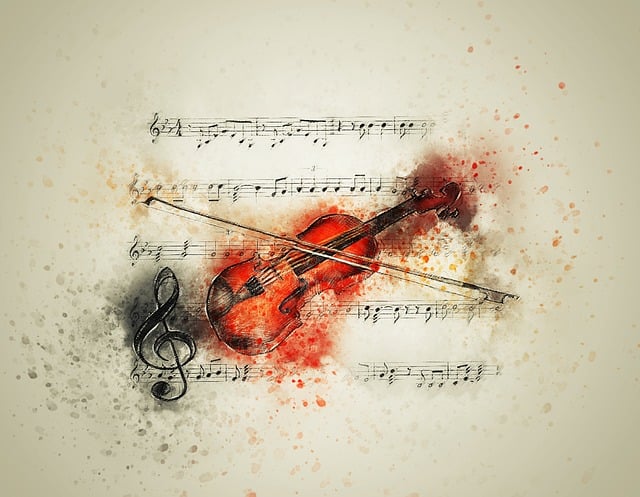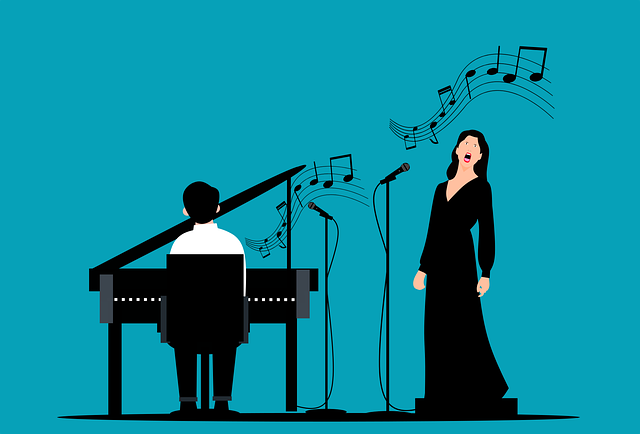Classical music is a genre of music that has its roots in the Western art music tradition.
Initially, the term "classical" began to be used in the 19th century to refer specifically to the "Viennese classical" style of Western music (Haydn, Mozart, Beethoven), and to distinguish it from Romantic and Baroque music.
The term "classical music" nowadays is often used to refer to the music composed between the Baroque period (1600-1750) and the Romantic period (1815-1910), which includes the works of well-known composers such as Bach, Mozart, Beethoven, and Tchaikovsky.
It can also refer more broadly to any music that is considered part of the Western art music tradition, including music from earlier periods such as the Renaissance and the Middle Ages, as well as contemporary classical music.
Classical music is balanced and clear. It covers a wide range of emotions, and therefore, for classical music, it is not simply to say that it always "relaxes". This genre of music can evoke happiness, sadness, euphoria, despair, melancholy, anger, irony, romance, and love-longing. It is more complex than Baroque music, and it is very unique.

Some of the greatest composers that composed Classical music works are:
• Wolfgang Amadeus Mozart
• Johann Sebastian Bach
• Ludwig Van Beethoven
• Franz Schubert
• Frederick Chopin
• Johannes Brahms
• Joseph Haydn
• Claude Debussy
• Peter Ilyich Tchaikovsky and many others ...
Below are some of the most popular forms in which Classical music is performed, each with its own characteristics:
The opera as a complex music-stage work is a kind of musical drama, that contains drama text, music, and dance. They are united and make the opera a unique piece of art. The opera is produced by a composer and a librettist, Composer is the person that creates the composition, and the librettist is the person that writes the libretto. The libretto is a literary text, a script for musical stage work.

Some of the most famous operas of this period are:
A sonata is a type of musical composition written mostly for one instrument or a small instrumental group. All musical works are usually divided into several "movements", pieces. Sonata is usually composed of three (the exposition, development, and recapitulation), but there may be two or four. Violin, forehead, piano, and flute sonatas were popular during the classical period. Beethoven, Haydn, and Mozart wrote sonatas.
The concerto is a musical composition that includes a soloist, who can be a violinist, cellist, or pianist, against an entire orchestra. The audience has the opportunity to see what the soloist and the orchestra can do together or separately. The soloist has the chance to show up in front of the audience. That part of musical work is called cadenza.
Another form of classical music, that is well-known, is called Theme and variations. This form consists of a theme or melody, and it is followed by variations of that melody. This form can be used in writing an entire piece of music, or to write one movement of some larger piece of music. Its use is most present in instrumental music.
The symphony is an extended musical composition often written for an orchestra. It is a musical work composed of several movements, usually four, and the first movement is written as a sonata. While most symphonies have a number, some of the symphonies are known by name. For example Beethoven- Symphony No.9, Tchaikovsky - Symphony No.5, Mozart - Symphony No. 41, Beethoven: Symphony "Eroica", etc.
***The orchestra is a large instrumental ensemble, typical of classical music, consisting of string instruments (violin, viola, forehead, and contrabass), woodwinds, brass, and percussion instruments.
A rondo (rondeau, French) may be a standalone piece or a movement within a larger piece of music. It was an important form during the Classical era. This form was used in symphonies and solo instrumental pieces. Recurring melody and unique formal structure are characteristics that define rondo. This form has a function similar to a refrain, its theme can be heard three or maybe four times. The rondo theme tends to be memorable. The rondo form is sometimes combined with the sonata form, resulting in the sonata-rondo form, and can be found as a final movement of Classical symphonies.